
Traditional Czech children’s game accompanied by a song. It is one of the most common games with many regional versions.

The word “robot” was used for the first time almost 90 years ago and since then it has spread from Czech to many other languages. It was first used by Karel Čapek.

A historical term for a fortified town that rulers gave to their consorts as a type of titular gift.
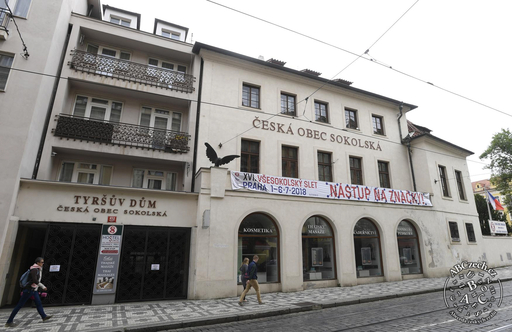
A gym or sports grounds of the Sokol movement, functioning not only as a sports centre, but as a cultural and community centre as well.
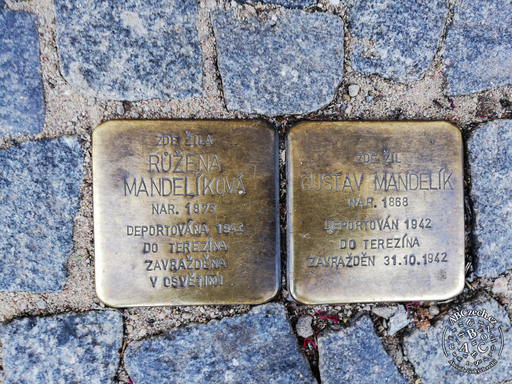
A special type of memorial to victims of the Holocaust. They are pavement blocks with brass plates with information about the victim that used to live in the building in front of which the block is installed.
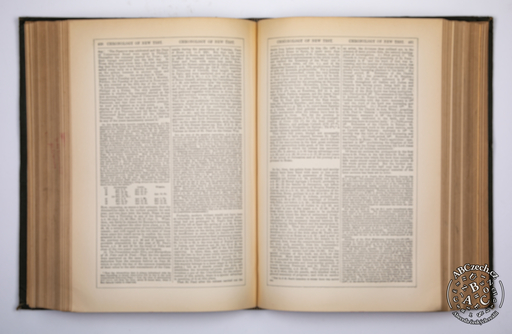
Czech outdoor game for any number of children. Quick perception and agility are important for the game.

A group physical game that almost every Czech child knows.

A word meaning “tram” in the so-called Hantec dialect of Brno, one of the best known dialectal words in the Czech language.

The V form is a linguistic device expressing courtesy towards a single person using second person plural (vy), e.g. Jak se máte?. It is usually used when addressing a person in a hierarchically superior position. Appropriate greetings and forms of address are also associated with it.
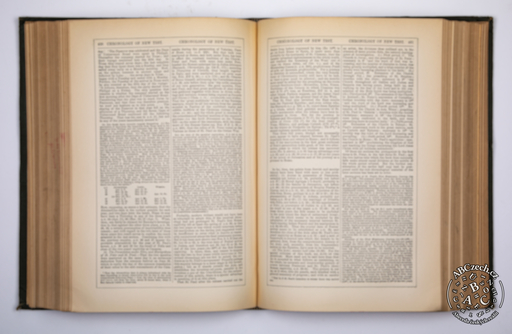
A group game in which children chase each other. It is one of the most common active games and also one of the oldest games in the world.

A quote from the French play Cyrano de Bergerac by Edmond Rostand.
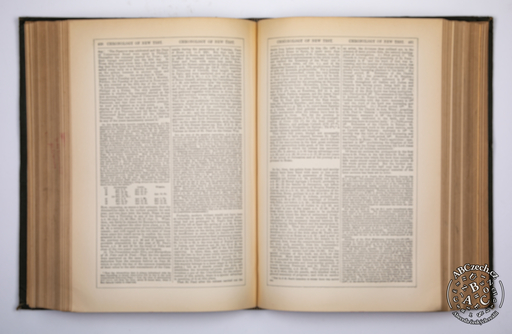
A group game that virtually every Czech child knows. References to it appear in everyday conversations among adults as well.

A sentence spoken by Václav Havel during the Velvet Revolution. It became a symbol of the democratic political transformation, but after a while it also became a source of a social controversy.
A motto that has been a part of the standard of the President of the Czech Republic since 1920. The motto’s author is the reform preacher Jan Hus.
A very common and popular interjection, which has virtually lost its pejorative meaning when used among friends.

Czech woollen hat with a characteristic zig-zag pattern resembling a snake, popular as a part of working outfit.

A word from the so-called Horácko dialect, originally with a zoological meaning (“frog”), that denotes a young girl.
2016-2020 ABCzech.cz - © Filozofická fakulta Univerzity Karlovy
Content from this website may be used without permission only for personal and non-commercial purposes and with the source cited. Any other use is allowed only with the authors' consent.
This web application Sonic.cgi meets GDPR requirements. Current information can be found here.